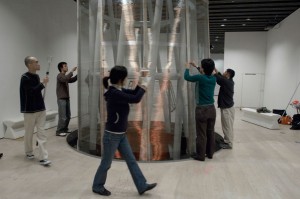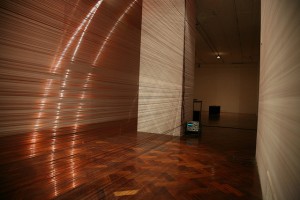Research Phase I:
The purpose of this research is to find ways to interact with electromagnetic waves. Visiualize them. Hear them, any method that would give voice to this unseen which defines our daily lives.
I have an interest the unknown and I like to be surprised. In the beginning of the research phase, I outlined a few topics_as thinking out loud _ then I decided to follow my passion and dig more into electromagnetic waves subject and see where it can lead to, and if it would eventually link to application of data mining (which was my second research proposal)
It has been a long journey of research, where my general knowledge about the field wasn’t much experience in the field wasn’t much in the beginning and my technical expertise in measurements was almost nothing. Nada!
Below are some aspiriation and how my learning process started, bit by bit from experiments carried out in 1800s all the way to the most recent and tiny gadgets. And the story goes long as the need for waves detection is mostly bound to commercial application or military research, which defines a lot of capabilities of what could be done and what the technology can offer at the moment.
0. Tesla’s basic application:
Tesla’s coil is used to produce high voltage, low current and high frequency AC. In practice, it is not a direct application of waves visualization, yet it creates a strong and vivid evidence of charges!

1. Elastomer Electronics:
Radio frequency responsive fabrics, with embedded stretchable antennas and integrated RF radiation sensor
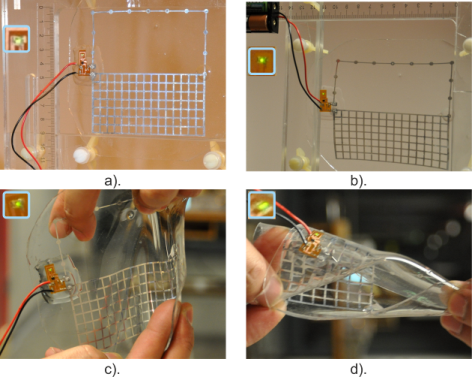
2. Joyce Hinterdings’s work:
Joyce is an Australian artist, her work focuses on VLF (3kHz -30khz), a very low frequency which interacts with electromagnetic waves passing through domestic use electrical wires, NFC, and body electromagnetic waves.
3. RF sniffer (80MHz – 6GHz)
Similar to all application that depend on EM sensor in mobile phones, this company is even making them smaller and with larger range. Just released, a tiny products that detects the presence of high frequency ambient waves and generates an alarm as a response.
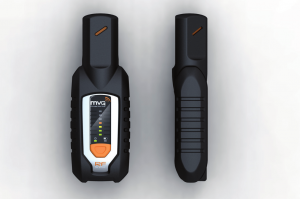 .
.
4. Energy harvester (with two models that deal with different wave bands):
Somehow related --Dennis Siegel designs a harvester that converts electromagnetic waves to electricity. The accuracy depends on orientation of the device and the coil’s reaction to waves,
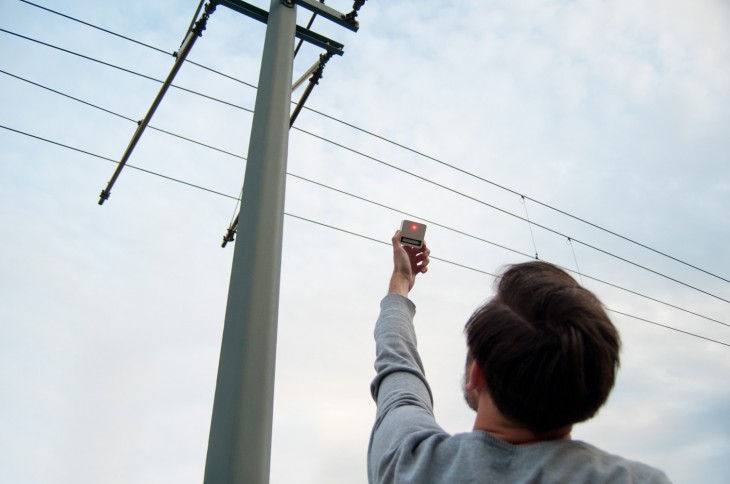
A couple of years beforethis device, harvesting modules have been produced by a US company. This is in general an interesting idea, but has lots of tech problems in application.
5. Fractal antennas
Related to the above, but a bit diverse. Based on fractal geometry fractal antennas, first showed up in 1995, to solve the issues of high gain, multi-band, omni-direction and small sized antennas. Research carried out is mostly related to the army, with some commercial products. I love them!
Well, lots of stuff and info, next is how I put the pieces of the puzzle together..

